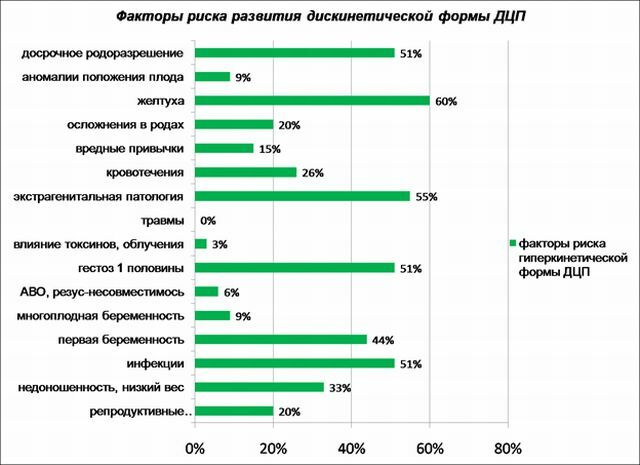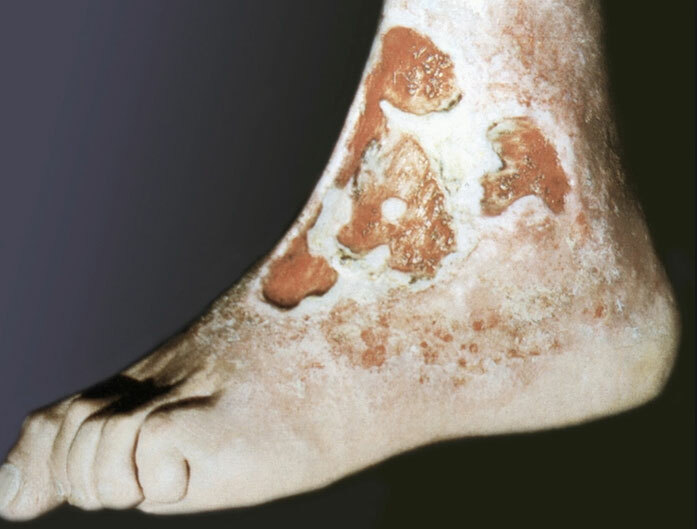
Contents of the page
- 1 Reasons for reactive arthritis in children
- 2 Symptoms and treatment of reactive arthritis in children
- 3 Folk recipes
According to medical statistics, reactive arthritis in children has become more common in recent years. About 80 people out of 100,000 face this disease, and the disease affects boys more often. Treatment of arthritis in children has its own nuances and features. In such a situation, the main principle for a doctor should be the rule "Do no harm!".The correct approach to treatment is very important for a child's undeveloped body, since human health depends on it in the future. Many medications that are included in the scheme of therapy in adults are not used for children, since they can cause serious side effects.
Inflammation of joints with reactive arthritis causes infectious diseases, provoked by viruses and pathogens. To protect the child from infection is very difficult, especially if he is in a team and attends a kindergarten or school. Infections are easily transmitted by airborne or by contact. In response to the penetration of pathogenic pathogens, the baby's body begins to produce antibodies to fight them. But the peculiarity of this disease is that after the transferred infection the immune system starts to perceive its cells as foreign cells and "attacks" the tissues of the joints, causing inflammation. Reactive arthritis in children is dangerous complications that can lead to heart damage and loss of joint mobility. What signs should alert the parents and
how to treat reactive arthritis in children, will be described in this article.Reasons for reactive arthritis in children
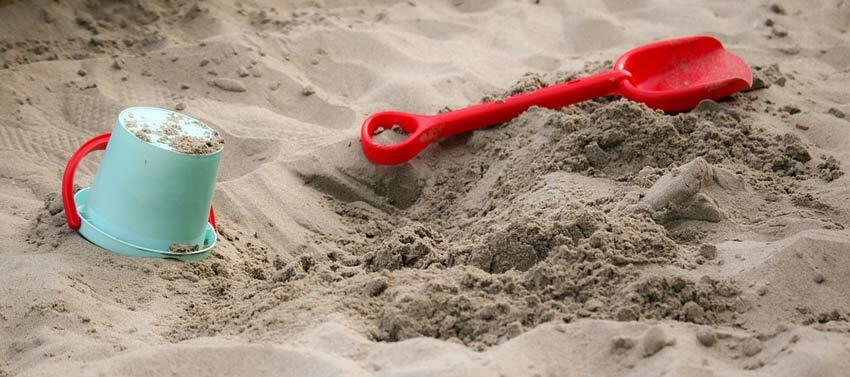 Reactive arthritis refers to an inflammatory process that affects joints after having suffered autoimmune or infectious diseases. Most often, joint disease causes pathogens of urogenital, intestinal infections or pathogens, which provoke infections of the nasopharynx and the respiratory tract.
Reactive arthritis refers to an inflammatory process that affects joints after having suffered autoimmune or infectious diseases. Most often, joint disease causes pathogens of urogenital, intestinal infections or pathogens, which provoke infections of the nasopharynx and the respiratory tract.
In the body of the child pathogens fall into different ways: contact-household, airborne, infection can occur through dirty hands, household items, food. Often the source of infection are domestic animals( cats, dogs, birds).In addition, babies can get the disease at the stage of intrauterine development. In this case, the ailment can for a long time not manifest itself by itself and activate after several years, if there are favorable factors, for example, with weakening of immunity.
Symptoms and treatment of reactive arthritis in children
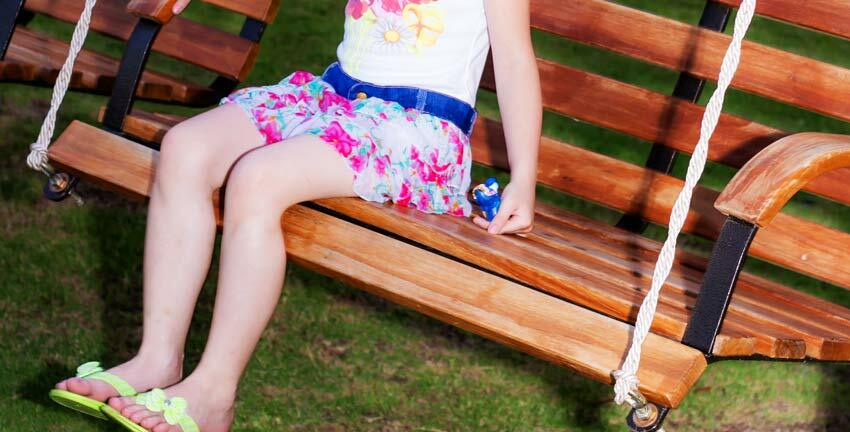 The clinical picture of the disease in children has its own characteristics. If a child, irrespective of age, is diagnosed with urinary tract infections, which are accompanied by damage to the mucous membrane of the eyes( conjunctivitis, keratitis) and joint inflammation, one can suspect the presence of reactive arthritis. The inflammatory process more often covers the ankle joints, knees, sacro-lumbar spine. When lesions of small joints of the hands, the skin over them blushes, the fingers on the hands swell and take the form of sausages. If the inflammatory process captures the big toe, then on the foot in this area becomes visible protruding "bone".
The clinical picture of the disease in children has its own characteristics. If a child, irrespective of age, is diagnosed with urinary tract infections, which are accompanied by damage to the mucous membrane of the eyes( conjunctivitis, keratitis) and joint inflammation, one can suspect the presence of reactive arthritis. The inflammatory process more often covers the ankle joints, knees, sacro-lumbar spine. When lesions of small joints of the hands, the skin over them blushes, the fingers on the hands swell and take the form of sausages. If the inflammatory process captures the big toe, then on the foot in this area becomes visible protruding "bone".
Painful sensations in children are not manifested during movement, but when pressing on the joint and the inflamed area around it. Therefore, children retain their inherent activity and mobility. If arthritis occurs in mild, unexpressed degree, the child can not make any complaints and the development of the pathological process is indicated only by pronounced swelling and hyperemia of the skin.
At the same time, with a tendency to allergic reactions, the disease can occur in an acute form, with fever, swelling, intense pain and involvement in the inflammatory process of many joints. The condition of these children is complicated by a digestive tract disorder( vomiting, diarrhea), in case of a serious illness, a life-threatening condition associated with heart muscle damage may develop.
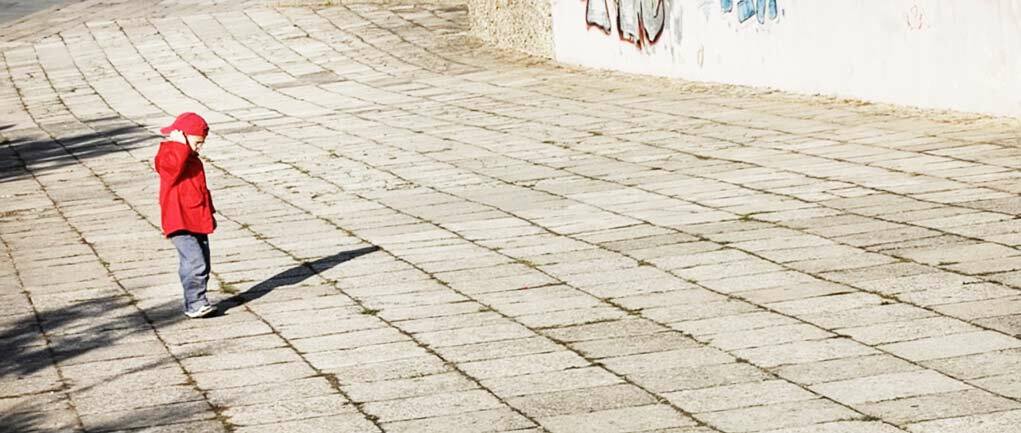
Reactive arthritis of the knee joint in children declares itself puffiness, unpleasant sensations in the knee, increasing with pressure and after a long walk. The skin above the diseased knee looks red and inflamed. In severe cases, the disease leads to disruption of joint mobility, damage to tendons and development of lameness.
Reactive arthritis of the hip joint in children has its own characteristics. He may not show himself for a long time, while the child has symptoms of conjunctivitis, which doctors or parents do not associate with joint damage. Later the affliction declares itself a pain in the groin and buttocks, which gives to the knee and foot when moving. In the mornings stiffness of movements can be shown, visually in the field of a hip joint the swelling and reddening of an integument is appreciable. In the inflamed zone, there is a local increase in temperature, and the skin seems hot on the bump.
Another important symptom of reactive arthritis in children is inflammation of the urethra( urethritis), which is further complicated by balanitis in boys and vulvovaginitis in girls.
Joint damage in reactive arthritis is asymmetrical, only one joint or several can be involved in a painful process. In the older, adolescent years, the disease often progresses and takes the form of juvenile spondyloarthritis, which leads to joint destruction and affection of the vertebrae in the lumbosacral and cervical spine.
With timely access to medical care, children's reactive arthritis can be completely defeated. In chronic forms that persecute a person throughout life and are threatened with disability, this form of arthritis passes in very rare cases.
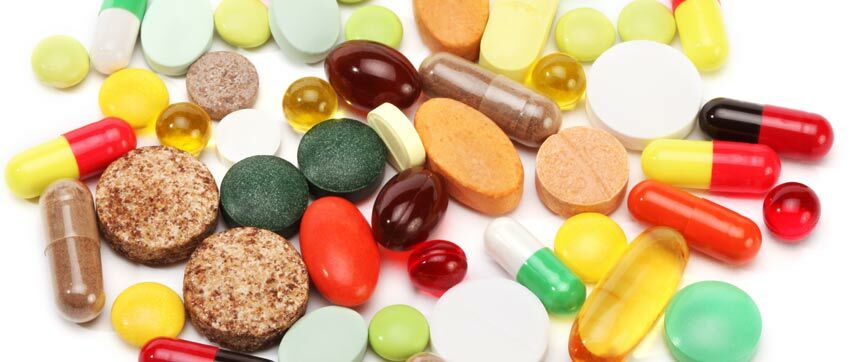 Therapy of reactive arthritis in children should be comprehensive, based on three directions:
Therapy of reactive arthritis in children should be comprehensive, based on three directions:
- Etiotropic treatment of is based on the use of antibacterial drugs with a wide range of actions that can effectively destroy most infectious agents. Among such agents are antibiotics from the group of tetracyclines, macrolides and fluoroquinolones. Drugs are prescribed by the doctor, the dosage and treatment scheme is selected in accordance with the child's age, the type of pathogen and the severity of the manifestations of the disease. The course of treatment with such medicines should not exceed 10-14 days.
- Symptomatic treatment of involves the use of non-steroidal anti-inflammatory drugs( NSAIDs) or steroid hormones prescribed in short courses. Such drugs have a lot of contraindications and side effects, so the dosage should be selected individually, and the treatment is carried out under the supervision of a doctor.
- Pathogenetic treatment of is based on the use of immunomodulators, the action of which is directed to the activation of the immune system of the child.
 Treatment of reactive arthritis in children is carried out on an outpatient basis, in a hospital of the child they are placed only in especially severe cases, accompanied by complications and defeat of internal organs.
Treatment of reactive arthritis in children is carried out on an outpatient basis, in a hospital of the child they are placed only in especially severe cases, accompanied by complications and defeat of internal organs.
Physiotherapy exercises and physiotherapy are prescribed individually in periods of remission. Among the treatment procedures the most popular are sessions of electrophoresis, magnetotherapy, ultraviolet irradiation and laser treatment. The course of therapeutic exercises for the child is developed individually, its task is to restore the mobility of the affected joint.
Folk recipes
At home, in agreement with the attending physician, parents can additionally use traditional medicine.
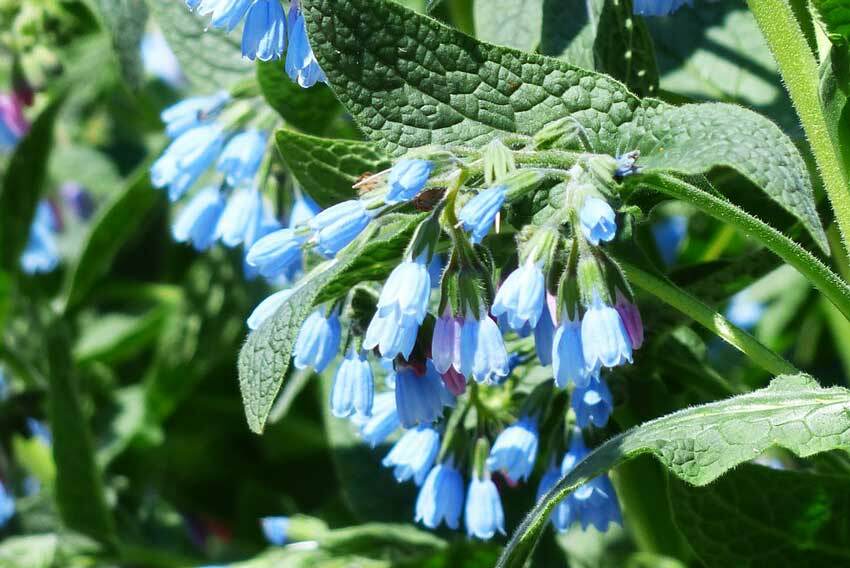 Restorative ointment. Homemade ointment is prepared on the basis of a medicinal herb comfrey. This remedy is good at alleviating pain and contributing to the restoration of the cartilaginous tissue of the joints. Fresh comfrey leaves are crushed, a glass of vegetable raw material is poured with the same amount of sunflower oil and boiled on low heat for 20 minutes. The finished composition is filtered, cooled, add 5 ml of vitamin E and a small spoon of Dimexide. For the procedure, a gauze cloth is wetted in this composition and applied as a compress to the patient's joint for 30 minutes.
Restorative ointment. Homemade ointment is prepared on the basis of a medicinal herb comfrey. This remedy is good at alleviating pain and contributing to the restoration of the cartilaginous tissue of the joints. Fresh comfrey leaves are crushed, a glass of vegetable raw material is poured with the same amount of sunflower oil and boiled on low heat for 20 minutes. The finished composition is filtered, cooled, add 5 ml of vitamin E and a small spoon of Dimexide. For the procedure, a gauze cloth is wetted in this composition and applied as a compress to the patient's joint for 30 minutes.
Anti-inflammatory infusion .First, prepare a herbal collection of violets, birch leaves, parsley and nettle seeds, measuring 10 g of each ingredient. Then 1 tbsp.l. Collect 200 ml of boiling water and insist for 3 hours. Ready anti-inflammatory infusion filter, divide it into three doses and drink during the day.
 Warming with sea salt .For the procedure it is better to use sea salt, which can be bought at the pharmacy. Before the procedure, salt is heated to a comfortable temperature, wrapped in a cloth and applied to the affected joint. Withstand until the compress retains heat. The procedure can be done daily.
Warming with sea salt .For the procedure it is better to use sea salt, which can be bought at the pharmacy. Before the procedure, salt is heated to a comfortable temperature, wrapped in a cloth and applied to the affected joint. Withstand until the compress retains heat. The procedure can be done daily.
Prophylaxis of reactive arthritis in children
A child from childhood should be taught to have a healthy lifestyle and observe personal hygiene standards. As a preventive measure, parents are recommended to implement the following recommendations:
- Timely treatment of infections and chronic diseases in adult family members.
- When planning pregnancy, a woman should be screened for chlamydia and, upon detection of an infection, undergo appropriate treatment that will prevent intrauterine infection of the child.
- Timely treat and vaccinate pets.
- To teach the child to observe personal hygiene( in time to wash his hands, do not take dirty toys into his mouth, do not use other people's things, etc.).
- Quench the baby, increase his immunity, provide him with proper, nutritious food, observe the regime of the day.
- In adolescence, clarify issues of sexual hygiene.
It is the duty of every parent to provide a healthy and healthy lifestyle for the child, and preventive measures need to be adhered to not only during periods of illness, but throughout life.
Reviews
My son is five years old, a few months ago he had a sore throat, but apparently the dose of antibiotics was inadequate and the disease was not cured to the end. Only this I explain that a month after the illness the child had a swelling in the knee area, and when walking his son began to limp. At the reception, the pediatrician suggested that the child just hit, and prescribed another course of antibiotics, explaining that the angina needs to be cured to the end, after which the swelling on the knee will be gone. But after the course of treatment there were no positive changes. Have addressed to the rheumatologist who after inspection has diagnosed "a reactive arthritis".Now we are being treated, the doctor has calmed down, said that they turned in time and with proper treatment the baby will fully recover. Now we take medicines against inflammation, we massage the knee with ointment Voltaren. There is already positive dynamics and the baby feels much better.
Xenia, Ulyanovsk
I have a daughter( 10 years), this winter I had a lot of pain, it was always SARS, runny nose, cough, fever. And that's how abruptly, literally one day her gait changed, she began to limp on her left leg. At the same time she did not complain about the pain, but she said that she did not want to obey her in the morning. We went to the orthopedist, took a picture, which showed nothing. It's good that the expert turned out to be literate and directed us to a rheumatologist who put the correct diagnosis. Now we are treated for arthritis, we take antibiotics and anti-inflammatory drugs. As soon as the condition improves, we will go for electrophoresis.
Catherine, Ufa
My son had conjunctivitis last year, which could not cope with. And then it turned out that he was a harbinger of arthritis. Now we are being treated, the child has swollen knee, the skin is inflamed and red, it sometimes happens that it is impossible to unbend the leg in the knee. The doctor says that this is a consequence of colds and gives an encouraging prognosis. They asked for help on time, so we have every chance to defeat the disease and achieve a complete cure.
Natalia, Kaluga

